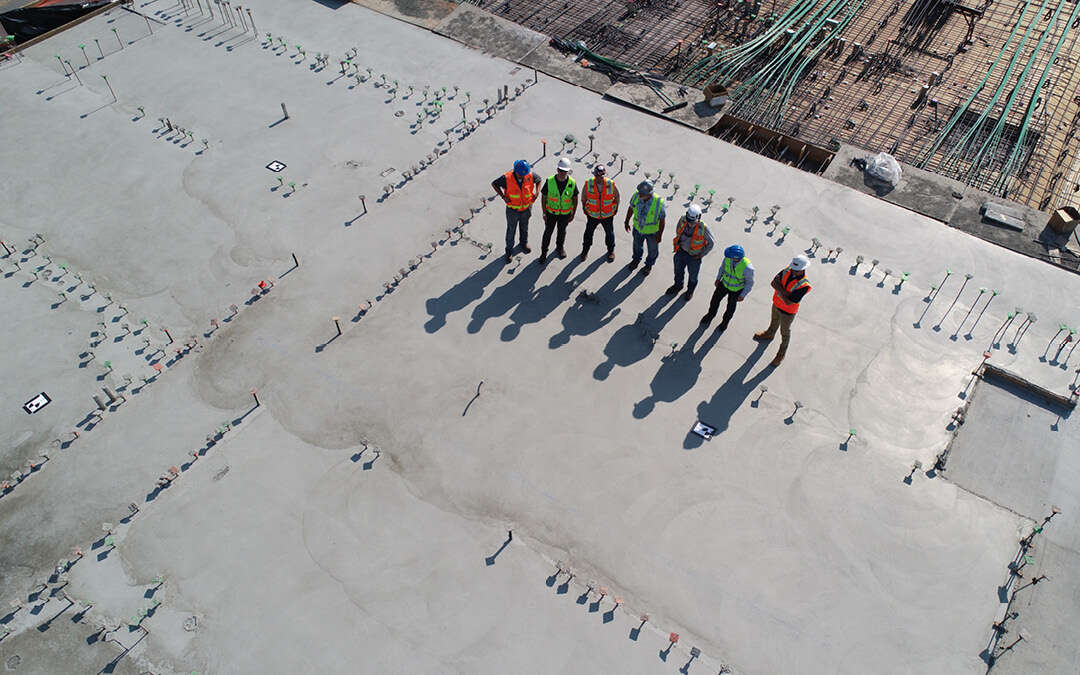How to Replace Contractor Complacency with Competence
There are around 2 million self-employed professionals, 1.7 million of which work as full-time contractors, contributing around £119 billion to the UK economy. Outsourcing to contractors for services is increasingly common, however, it’s also a place for corrupt practices.
Lee Wylie, former manager of Lakehouse, the firm responsible for installing fire alarms in Grenfell Tower, was sentenced to six years’ imprisonment for bribery and theft. Subcontractors were told to pay him £100 sweeteners to guarantee work and over £800,000 of invoices went to a ‘sham’ firm, K&R Consultants. The subcontractors were given suspended sentences.
Judge Michael Gledhill, said on the case:
“Those issuing contracts can demand bribes in return for the contracts and the contractors can overcharge for work not actually done. Such malpractice can be easily covered up and is very difficult to detect. This case shows starkly what can happen when public work is outsourced.”
The Government encourages the use of third-party certificated contractors, particularly concerning fire safety, to ensure the required level of competency and compliance.
Stephen Adams, BAFE Chief Executive, commented:
“It is an ongoing challenge to inform the public about the importance of third-party certification and what this means in practice. Companies work meticulously to gain this level of independent certification to prove their competency. This results in a standard that the end user/specifier can easily identify to show they are using the right people to fulfil a specific requirement.”
With the ever-mounting questions regarding UK building safety, as a result of Grenfell and the independent review that followed, management of contractors has never been more essential to health and safety. The better organisational and management decisions you make regarding contractors and outsourcing, the less risk involved. This includes choosing the right people, allotting enough time and implementing appropriate risk control measures for safe working practices, all following the undercurrent of cooperation, communication and coordination.

Contractors, Who Are They?
Contractors provide skills or service to businesses for a set time, it could be hours, days or weeks. It’s common for contractors to work with several businesses, either as sole traders, self-employed or in their own limited company. Dependent on the job, there may be a few contractors on your site for different tasks appropriate to their skill set.

Managing Contractors: The How
Identify and Plan the Job
Look at all details of the job you want the contractor to do to identify, assess, reduce and eliminate the risks as part of a risk assessment. There must be an existing risk assessment for your business. This should include risks to your workers, members of the public and anyone likely to be influenced by having contractors on site. This information can also be included in the job specification.
The contractor also has responsibilities to assess and reduce risk. From their own risk assessment, they can formulate a safety method statement on how they intend to do the job. Have a look at each other’s risk assessments, reflect and decide between you whose responsibility lies where. The job cannot start until the risks are fully understood and control measures in place, meeting legal requirements.
A project cannot run safely without effective communication, cooperation and coordination between all parties. Poor communication leads to risks, which causes accidents. The level of communication, cooperation and coordination required will be down to the job, number of contractors and risks.
See the Health and Safety Executive’s (HSE) guidance for specific requirements to your type of work.

Understand the Meaning of Competency
Competence is the skills, training, experience and knowledge an individual possesses to be able to work safely. As an appointee of contractors, you have an obligation to check they are competent for the job, any potential challenges and associated risks. As the appointed, contractors also have a duty to make sure they are competent before accepting the project. It should be included in your risk assessment. Employers also have a responsibility to appoint a ‘competent person’ to meet health and safety responsibilities.
Judith Hackitt, Former Chair of the UK’s Health and Safety Executive said:
“The essence of competence is relevance to the workplace. What matters is that there is a proper focus on both the risks that occur most often and those with serious consequences. Competence is the ability for every director, manager and worker to recognise the risks in operational activities and then apply the right measures to control and manage those risks.”
HSE guidance on understanding competence in specific industries can be found here.

Using Permit to Work
A permit to work (PTW) is effective when using contractors for maintenance or installation, to eliminate unsafe conditions and human error. It must only be used when work could affect safety, clearly dated with specific conditions attached and its unique reference number, it’s not a replacement for a risk assessment. Permits must only be supplied by the authorising person, competent in understanding the risks, safety precautions and when a permit should not be issued. Poor management of a permit to work system can lead to hazardous conditions.
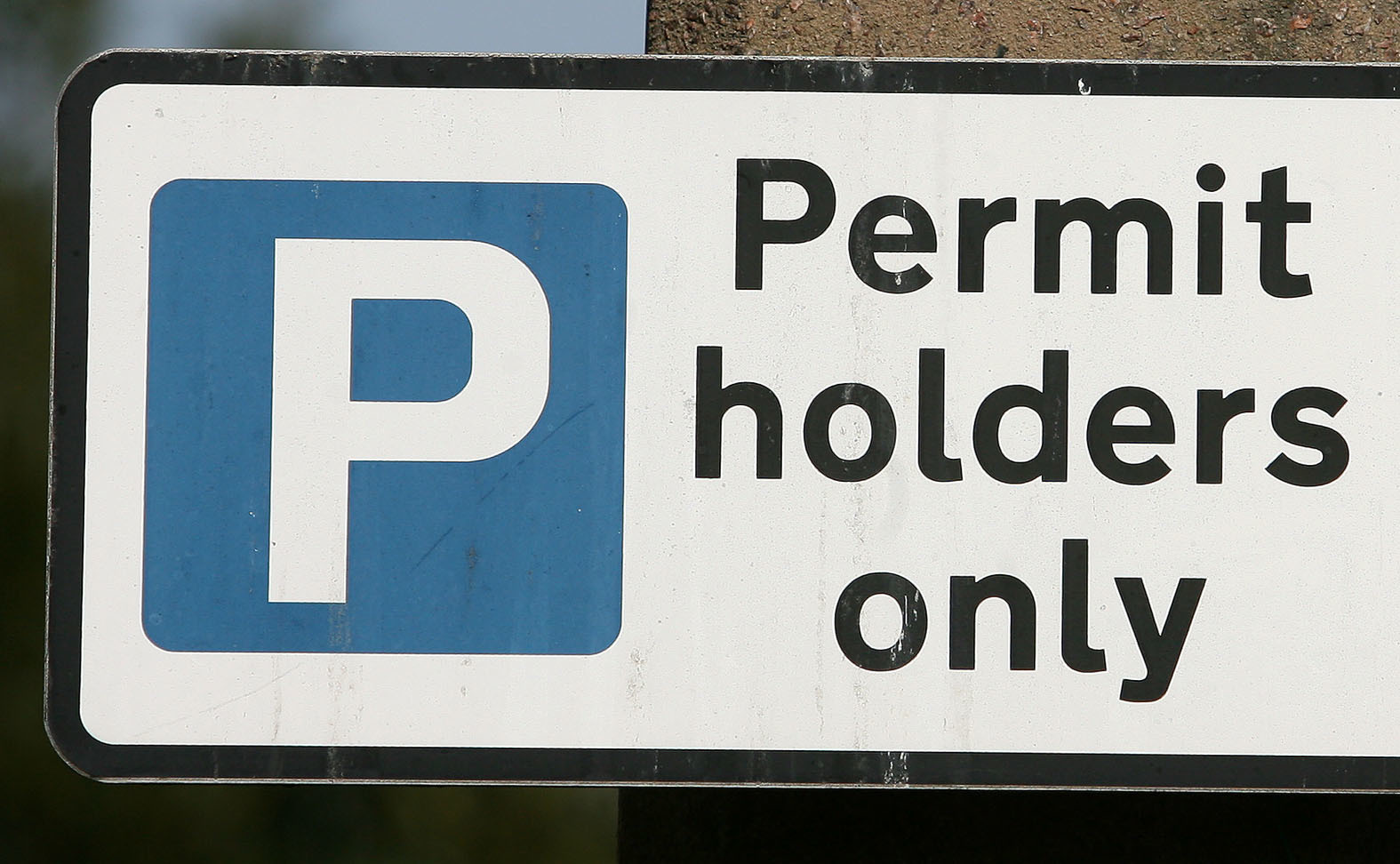
Collaborate with Your Workforce
All employers are legally required to consult employees on health and safety, ask them how having contractors on-site might affect them. Unlike staff, contractors won’t know the specifics of safe practices on your site, like the correct equipment to use or how and when to raise the alarm, even what the alarm sounds like. Make employees aware of how to raise any further concerns they have. Employees must also comply with your risk assessment and know how to fulfil their health and safety responsibilities.

Picking the Contractor
Choosing a contractor is a process, it’s not just finding someone capable of the task, it’s availability, cost, technical competence, reliability and health and safety. Have a specification of what conditions contractors must meet in terms of skill, knowledge, experience and use it as a checklist to help you decide.
Include any rules you want to lay down about subcontracting, the main contractor must manage subcontractors appropriately to maintain safe working practices. Before agreeing a contractor, provide them with the key information about your company’s rules, to be passed onto their own employees. Promising compliance with your site rules can form part of your checklist.

Ask Questions and Get Evidence
When selecting a contractor, ask questions and get evidence, you have a responsibility to check their competence. The questions should fit the risk of the job, consider experience, health and safety, training, competence and supervision. Decide how much evidence you’ll need in support of their answers and keep it the same for all the contractors you interview. Keep a record of the information.

Networking and Maintaining Relationships
Do some networking in your industry and ask for recommendations, they’re likely to be using similar contractors. Other people in your own business may also have had experiences with contractors and can help you to build relationships with contractors and create a database to check their safety record from time to time when you need work.

Providing Workplace Information and Instruction
Contractors, their employees and your employees must have access to a copy of your health and safety site rules before the work begins and give them an induction once on site, to ensure they have fully understood. Whether it’s providing a booklet, putting up notices or an informative video. Alternative measures may need to be arranged, for workers whose first language is not English.
Have an access control system in place and make sure contractors sign in and out, you should know who is on your premises at all times.
A site contact, someone in a managerial position, should be available to contractors if they need to get in touch. The site contact must also go over the details of the job with the contractors, check that all necessary precautions have been taken and agree further contact where appropriate. Employers have a legal obligation to provide safety training to all staff.
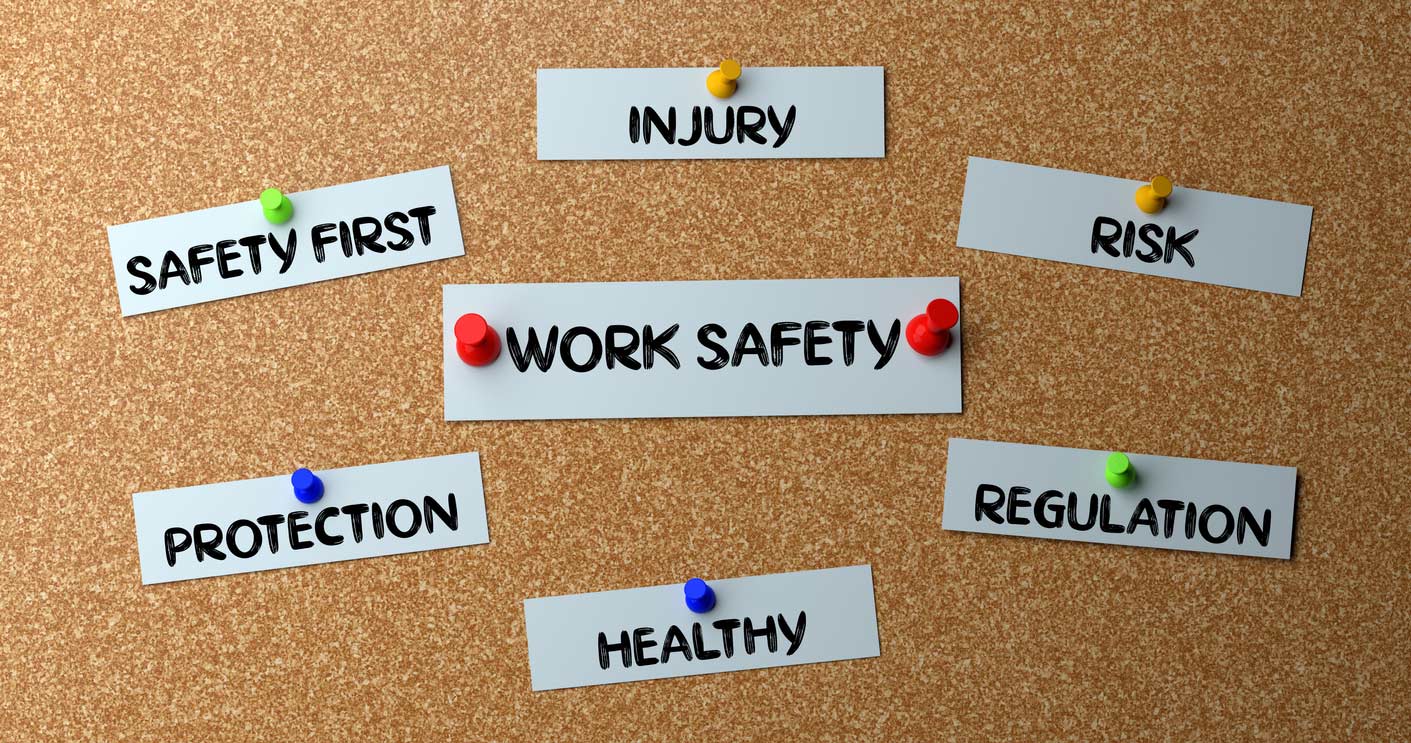
Keep an Eye on the Situation
Contractors are accountable for their own work but must not be left to their own devices, monitoring is crucial to make sure the job is going as it should and being carried out safely. The monitoring should fit the risks, the higher the risk the more monitoring will be required. Don’t ambush them, it’s important to establish trust, tell them before the job starts how you plan to supervise.
Review progress at the beginning and end of the day, as well as scattered visits throughout to check health and safety against your agreed plan. For instance, making sure the correct PPE has been used or that everyone has gone through the induction process.
Any breaches in your site rules must be dealt with according to the risk caused, it might be that a chat is all that’s necessary or further action such as a dismissal from the site. Contractors, their employees and your employees should be encouraged to report any incidents to you. This enables you to address the issue and make revisions as soon as possible. For serious health and safety problems, there must be a plan in place for stopping work. Everyone must be aware of the plan and understand their role in it.

Review and Reflect
At the end of the job, evaluate all the steps you’ve taken from planning, contractor selection, the work carried out and the monitoring process. Include the contractor, they can identify improvements both for themselves and on your end. Keep a record and give a copy to the contractor, it will help you both to learn for the next project.
Focus on the contractor and the job, this list is not complete:
- Were there any health and safety problems?
- Would you give them a reference?
- Did you have to remind them of site rules?
- How was your planning?
- Has the work been carried out as agreed?

Create a Health and Safety Checklist
This can be done at the beginning and the end of the project, look at the five main aspects of health and safety management; the health and safety policy including contractors, organising staff and contractors, planning working methods, monitoring and reviewing.
Use these five pillars to create a checklist of your current approach to managing contractors, what needs to improve and what already works well. From the checklist, you can form an action plan of what you need to do, such as ensuring any contractors are competent in health and safety and your policy is fully updated to refer to the arrangements for managing contractors. The most urgent actions should be prioritised first.
The HSE has a pre-existing general checklist you can use, which can be customised to suit your workplace.

The Legal Requirements
Employers have responsibilities under many regulations when managing contractors you must be aware of (this list is not complete):
- The Health and Safety at Work Act (HSW) 1974
- The Management of Health and Safety at Work Regulations 1999
- The Construction (Design and Management) Regulations 2015 (CDM)
- The Regulatory Reform (Fire Safety) Order 2005 (FSO)
- The Dangerous Substances and Explosive Atmospheres Regulations 2002 (DSEAR)
- The Control of Substances Hazardous to Health Regulations 2002 (COSHH)
All contractors should go through the same assessment process, to make sure you are fulfilling your regulatory obligations. Contractors also have their own responsibilities to do the same.
COSHH necessitates an assessment where there is a risk of exposure to specific hazardous substances. This is particularly important in businesses which manufacture, use or store certain chemicals.
Employers and any contractors with temporary control over a building or structure are responsible for fire safety under the FSO. It requires a fire risk assessment carried out by the responsible person to identify fire risks and implement appropriate safety procedures. Where there are two or more responsible persons, like employers and contractors, they must coordinate with each other.
For any work involving dangerous substances, a risk assessment is required as part of DSEAR. Employees must be properly informed on the workplace and the dangers of ignition sources.
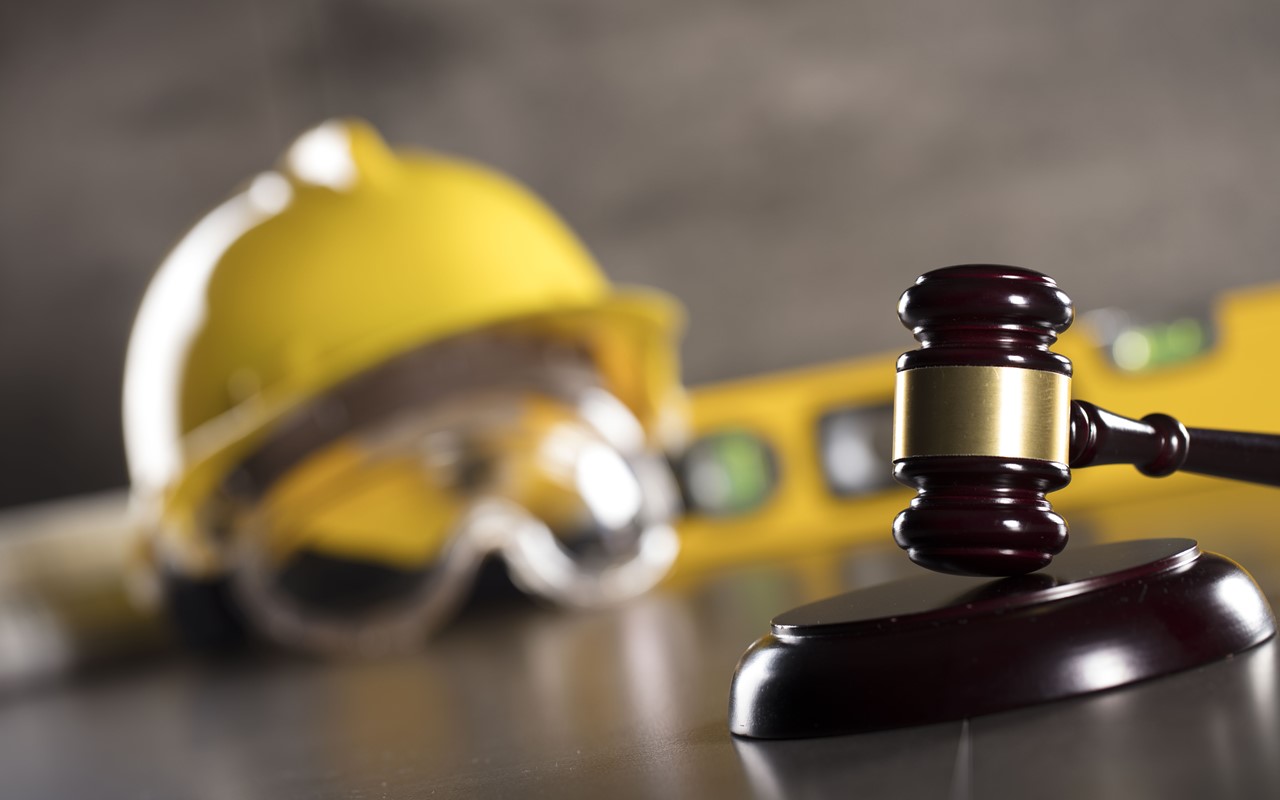
The HSW Act
The HSW Act requires employers to manage health and safety risks to employees, members of the public and others who work on the premises, including contractors. This will involve conducting a risk assessment.
Contractors will also have obligations to comply with the Act, but on your premises, it is your responsibility to make sure all parties are working safely. Employers that have five or more employees, must write down their health and safety policy. However, it’s a good idea for any workplace no matter the size.

The Management Regulations
The Management Regulations dictate that employers must carry out a risk assessment, set up emergency procedures, provide training and information to all workers on-site, including those that are temporary, like contractors. If two or more employers share a workplace, temporarily or permanently, under the Regulations they must cooperate and coordinate on health and safety matters.

CDM Regulations
Any building owner, user or managing agent having small-scale building or maintenance work in relation to a business will have duties under CDM 2015, assimilating health, safety and welfare into project development and management. Anyone else involved in a construction project is also likely to have responsibilities under CDM 2015 as duty holders. Domestic householders, as is common practice, can transfer their responsibilities to the contractor. The regulations do not apply to domestic householders who do the work themselves.
Contractors must provide any workers under their supervision with information on health and safety procedures. Duty holders, those appointing and appointed, must check for competency prior to accepting work. Incompetence in a construction project increases the risk to everyone involved, health and safety shouldn’t be an afterthought.
The contractor or principal contractor, when there is more than one contractor on site, must formulate a construction phase plan. It should contain the start and end date, building stages, site hazards and control measures. It must also hold site rules, details of workers, who are in charge and health and safety.
If the project will last over 500 person or 30 working days, with more than 20 people working at the same time, the HSE must be notified. The recommendation on what to include in the plan isn’t compulsory but the HSE do follow it. Find a blank template devised by the HSE here.
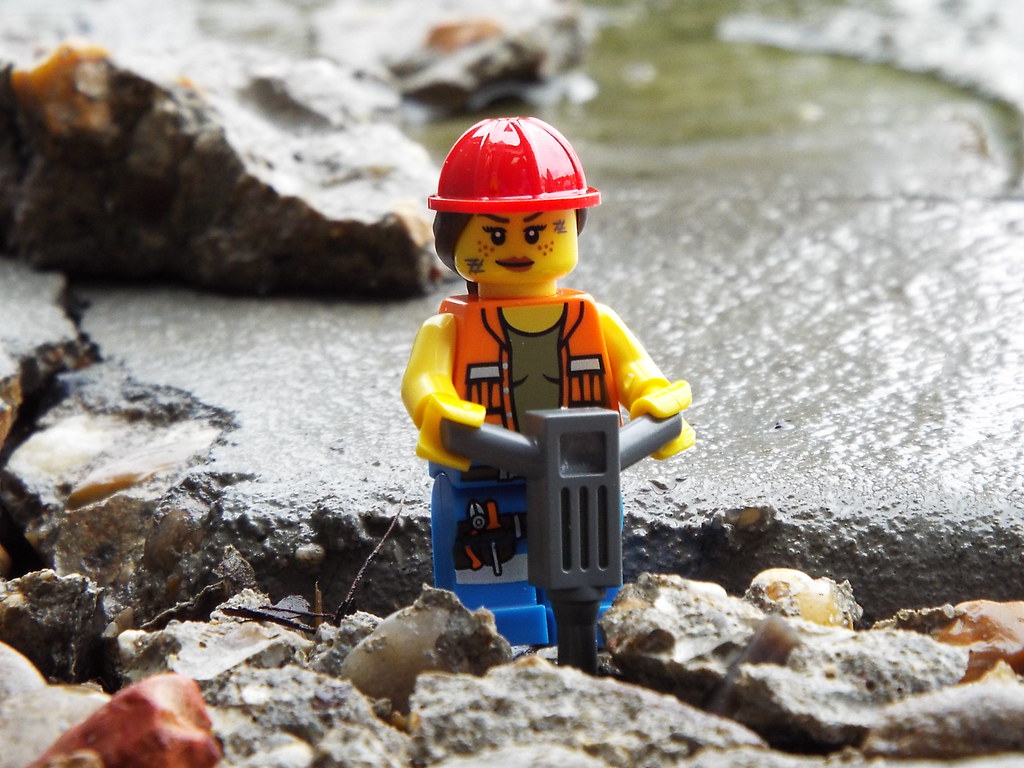
About APG
The Asset Protection Group comprises a group of Fire & Security companies with shared ownership and one common goal, protecting your most important assets. As a collective group, we look to offer protection to your assets to assist you with your ongoing success within your own business.

